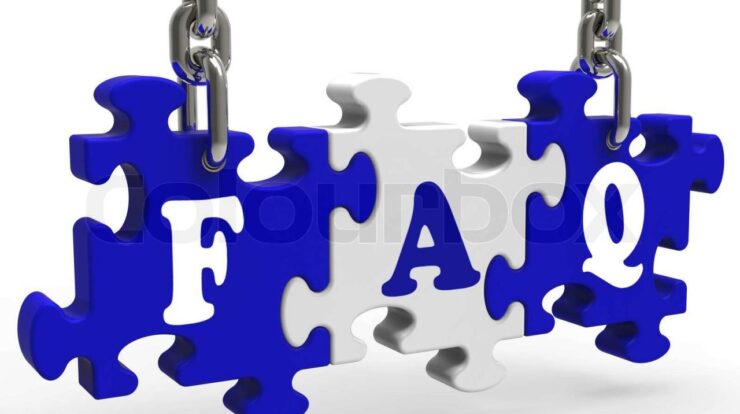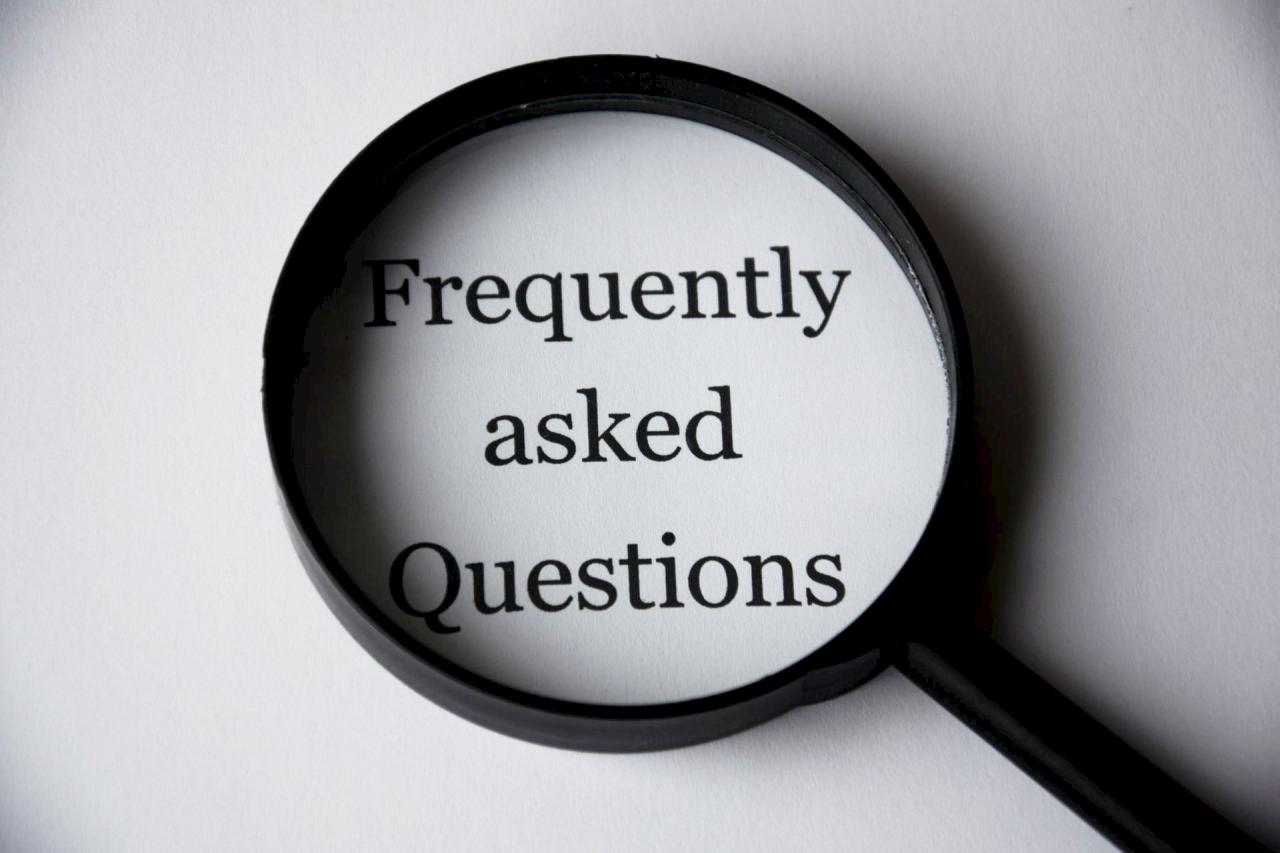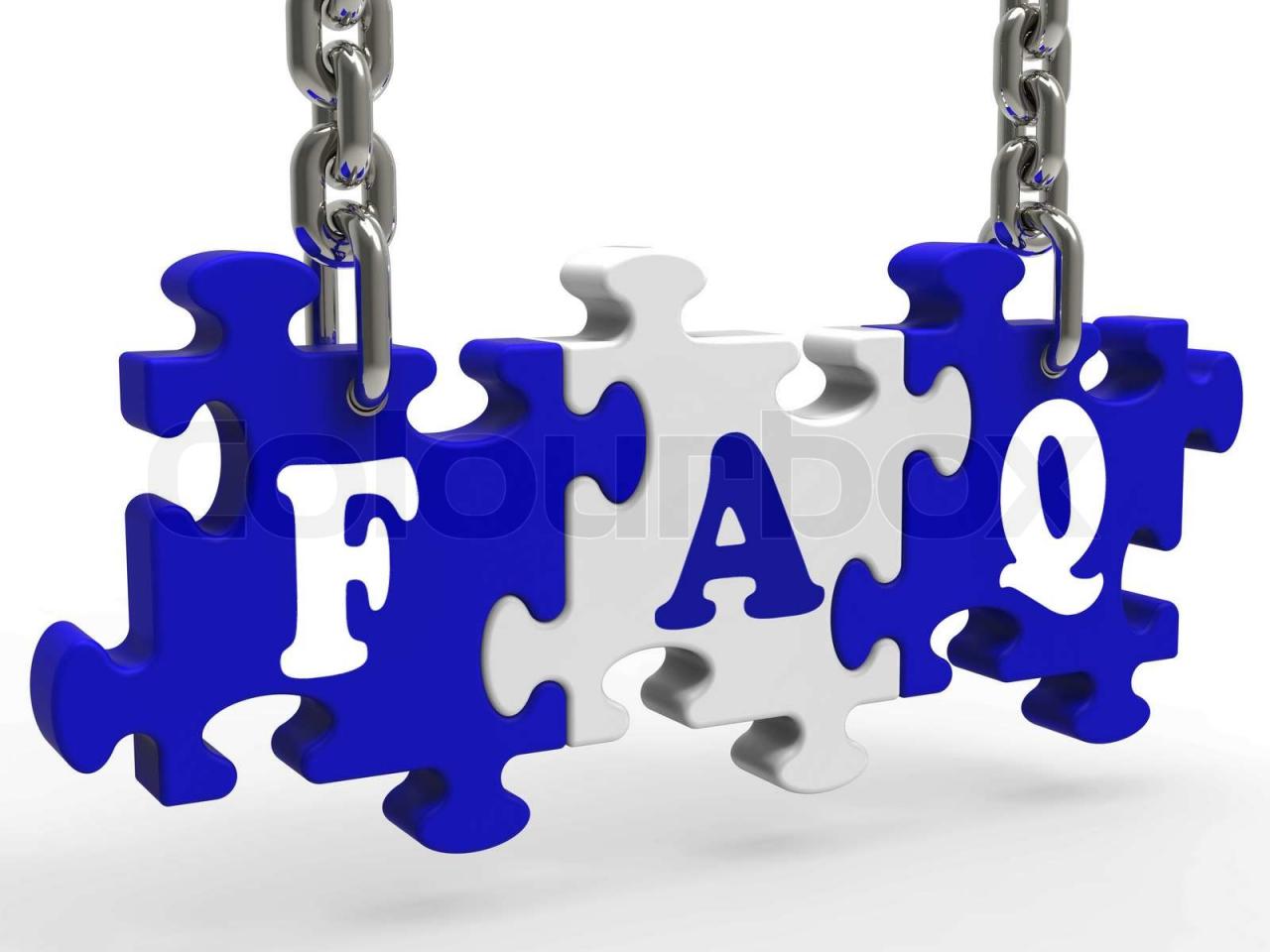
FAQ meaning stands for Frequently Asked Questions, which are essential components of any website or documentation. They provide a structured and accessible way to address common queries, enhancing user experience and streamlining support processes.
FAQs serve as a valuable resource for users, offering quick and convenient answers to their most pressing questions. By providing clear and concise responses, businesses can effectively resolve common issues, reducing the need for additional support requests.
Frequently Asked Questions (FAQs)

FAQs, or Frequently Asked Questions, are sections on websites or documentation that provide answers to common queries and issues. They aim to enhance user experience by addressing questions that users may have and providing quick and easily accessible information.
Typical FAQs include questions about product or service usage, account management, troubleshooting, and general inquiries. By providing comprehensive and well-written FAQs, organizations can reduce support workload and improve customer satisfaction.
Structure of FAQs
FAQs typically follow a structured format, with clear and concise questions and detailed answers. Questions should be specific, relevant, and easy to understand. Answers should be accurate, comprehensive, and provide step-by-step instructions or solutions where applicable.
Well-written FAQ questions are brief, to the point, and use s that users are likely to search for. They should avoid jargon or technical terms that may not be familiar to the average user.
Purpose of FAQs, Faq meaning
The primary purpose of FAQs is to provide quick and easy access to information that users need. They can help resolve common queries and issues, reducing the need for users to contact support or search for answers elsewhere.
FAQs enhance user experience by providing instant gratification and reducing frustration. They can also help build trust and credibility by demonstrating that the organization is responsive to user needs and provides comprehensive support.
Formatting and Organization
FAQs should be formatted for easy readability. Using HTML tables or bullet points can help organize FAQs and make them visually appealing. Tables are particularly useful for presenting FAQs in a structured and tabular format.
Here’s an example of an FAQ section using HTML table tags:
Question Answer How do I create an account? Visit our website and click on “Create Account.” Enter your personal information and follow the instructions. How do I reset my password? Click on “Forgot Password” on the login page. Enter your email address and follow the instructions to reset your password.
Best Practices for FAQs
To create effective FAQs, follow these best practices:
- Regularly review and update FAQs to ensure accuracy and relevance.
- Optimize FAQs for search engines by including relevant s in questions and answers.
- Use clear and concise language that is easy for users to understand.
- Provide detailed and comprehensive answers that address user needs.
- Organize FAQs logically and make them easy to navigate.
Examples of FAQs in Different Industries
FAQs are used in various industries, including:
- E-commerce:FAQs on product descriptions, shipping, returns, and payment options.
- Technology:FAQs on software installation, troubleshooting, and device compatibility.
- Healthcare:FAQs on medical conditions, treatments, and insurance coverage.
- Education:FAQs on course enrollment, financial aid, and academic policies.
FAQs can be tailored to industry-specific needs, providing targeted and relevant information to users.
Conclusive Thoughts

In conclusion, FAQ meaning encompasses the significance of providing structured and informative answers to frequently asked questions. By incorporating well-crafted FAQs into their websites and documentation, organizations can enhance user experience, streamline support processes, and establish themselves as thought leaders in their respective industries.
Expert Answers: Faq Meaning
What is the purpose of FAQs?
FAQs aim to provide quick and convenient answers to common questions, reducing the need for additional support requests and enhancing user experience.
What is the typical structure of FAQs?
FAQs typically follow a question-and-answer format, with clear and concise questions followed by informative and helpful answers.
How can FAQs be formatted for easy readability?
FAQs can be formatted using HTML tables or bullet points, ensuring easy navigation and quick access to relevant information.





